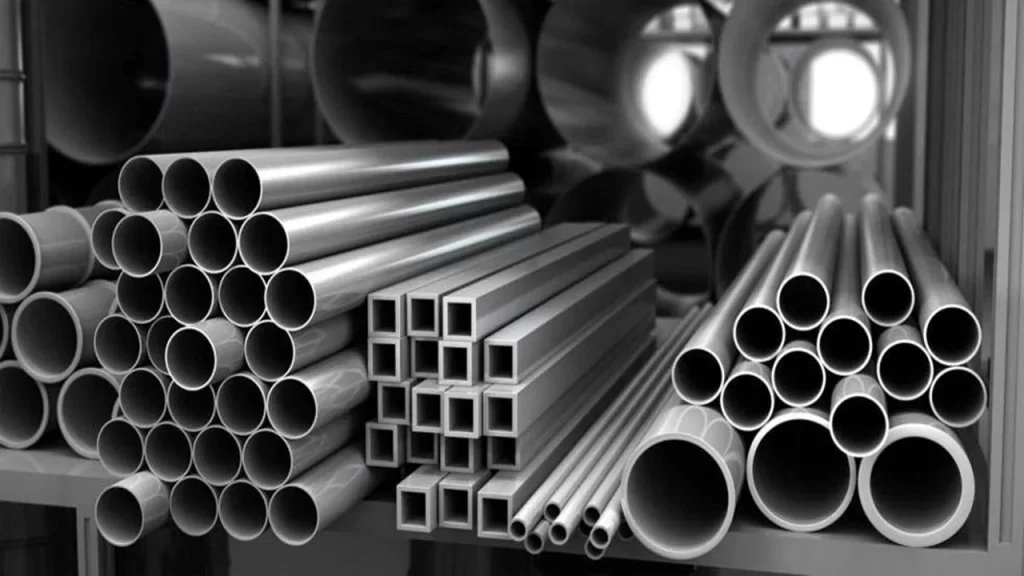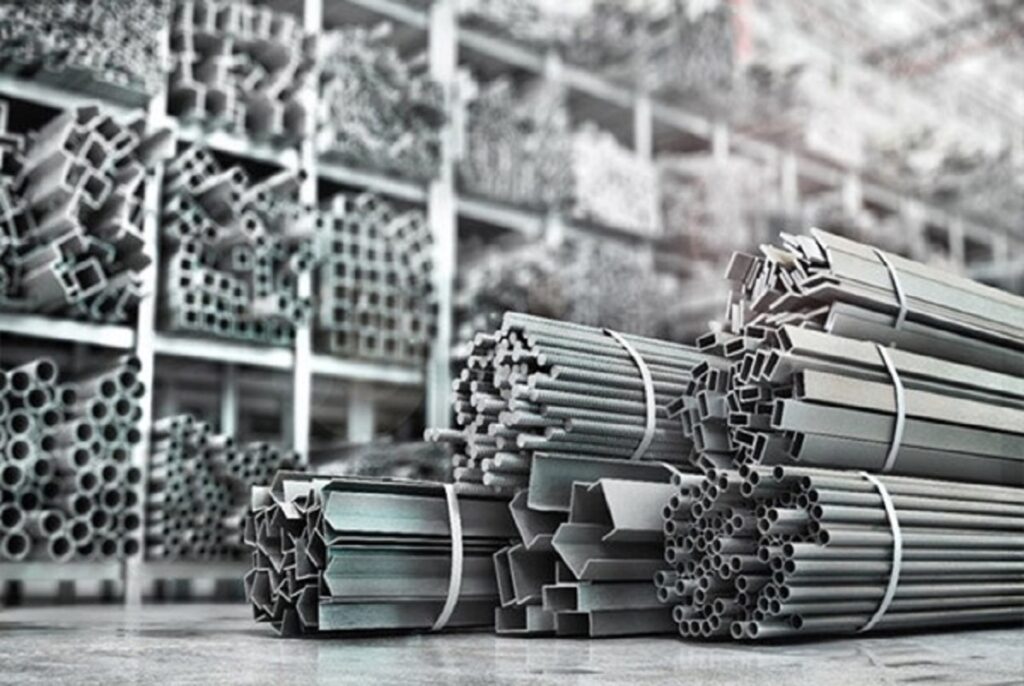Iron was developed in two forms, steel and cast iron, and today the share of steel in various industries is over 90%. In the meantime, different forms of iron have been able to respond to various applications. In the following, we will briefly introduce different sections of steel.
Profile or can
Hollow metal cross-section profile in different shapes, which has many applications in various industries, including construction. Square or rectangular cross section are two common types of profiles.
Girder
The beam has a cross-sectional area of two shapes, I and H, which is widely used in building construction, so that the skeleton of steel structures will not exist without this product. The main task of the beam is to bear the load on the building. The types of this product in the market are IPE beam, INP beam, wide wing beam or hash and honeycomb beam.
rebar
Rebar is a product with a round and solid cross-section and is considered one of the most famous profiles. This product is used in various parts of the building including foundation, reinforced concrete and columns. In terms of appearance, it is divided into two categories: ribbed and simple, the simple type has a smooth and polished surface, while the ribbed type has protrusions on its body.
sheet
The sheet itself is divided into auxin sheet, colored and ribbed aluminum sheet, cold and hot sheet. Each of the different types of this product have different applications that are used in different structures. For example, cold or oiled sheet is used for structures whose appearance is of great importance, while hot sheet is used in structures whose resistance has a high priority.
Corner and gutter
A corner with a cross-sectional surface consisting of two sides that are placed next to each other at a certain angle. This product is available in the market in two types, equal wings and unequal wings. A stud is also considered a type of open profile, which is geometrically similar to an English U. This product also has different types that have different prices depending on the intended use.
Pipe
The pipe is a product with a circular cross-section, which, in addition to the metal type, is also produced in non-metallic types and has various uses; But it is usually used to transfer liquids. It should be noted that the metal type of pipe is divided into two groups, seamed and seamless, and is usually made of iron and copper.
bullion
Finally, ingots, which are considered intermediate products of steel rolling, have three main types. Billet or Shamshal, Blum or Shamshe and Slab or Takthal. The difference between these three types is in the dimensions and shape of their cross section. The cross-section of the billet is less than 15 cm, but the diameter of the bloom is more than 15 cm. Also, the cross-section of the bloom and billet is square, but the slab is rectangular. The price of iron ingots is determined based on its factory in the market.
Scrap
The remainder and additions of steel are called scrap or iron waste. Since iron scraps can be recycled and reused, for this reason they are widely used in various industries. If you want to know how they use scrap iron, read the article “What is waste and its types”.
What is steel?
Steel is an alloy of iron and carbon that contains less than 2% carbon and 1% manganese and small amounts of silicon, phosphorus, sulfur and oxygen. Steel is not a single product. There are more than 3500 different grades of steel with different physical, chemical and environmental properties.
What is the main type of steel?
1) Carbon steel
They are extremely strong. That’s why it’s often used to make things like knives, high-voltage wires, car parts, and the like. In addition, carbon steel is vulnerable to corrosion. Carbon steel accounts for about 90% of the total steel production.
2) alloy steel
Alloy steel is a mixture of several different metals such as nickel, copper and aluminum. This type of steel is cheaper and more resistant to corrosion and is used for some auto parts, steel pipelines, ship hulls and mechanical projects.
they take It is combined with other elements such as manganese, silicon, nickel, chromium, copper and aluminum to achieve certain properties that are not present in carbon steel.
3) Tool steel
Tool steel is known for its hardness and resistance to heat and scratches. They are usually used to make metal tools such as hammers. They are made of elements such as cobalt, molybdenum and tungsten. Tool steel is divided into six groups of water hardening, cold work, impact or shock resistant, high speed, hot work and special purposes (selecting from this group to cost effective, working temperature, required surface hardness, strength, impact resistance and It depends on the required toughness) is divided.
4) stainless steel
Stainless steels are the most popular types of steel available in the market. This type of steel is shiny and generally contains 10-20% chromium, which is their main alloying element. Because of this, steel becomes more resistant to corrosion and is easily molded into different shapes. Because of its flexibility and quality, stainless steel can be used in surgical equipment, household applications, silverware, and even as exterior cladding for commercial and industrial buildings.
Types of stainless steel
Stainless steel, i.e. types of steel, are divided into different categories, but all sections of stainless steel, such as pipes, profiles, and steel sheets, are divided into four main families. These four items are:
1) Austenitic stainless steel
2) Ferritic stainless steel
3) Martensitic stainless steel
4) Dual phase stainless steel
What are the types of steel alloys?
1) Magnetic steel alloys
The first type of steel alloy is steel alloy. To familiarize you more with this alloy, we will introduce three of it to you. These three items are:
A) 410 steel alloy
b) 420 steel alloy
c) 430 steel alloy
2) Non-magnetic steel alloys
The second type of steel alloys is stainless steel. For this alloy, we introduce four items, which are:
A) 304 steel alloy
b) 316 steel alloy
c) 321 steel alloy
d) 316 Ti steel alloy
3) Refractory steel alloys
The last and third type of stainless steel alloys is refractory steel, which we will discuss two of below. These two items are:
A) 309 steel alloy
b) 310 steel alloy



